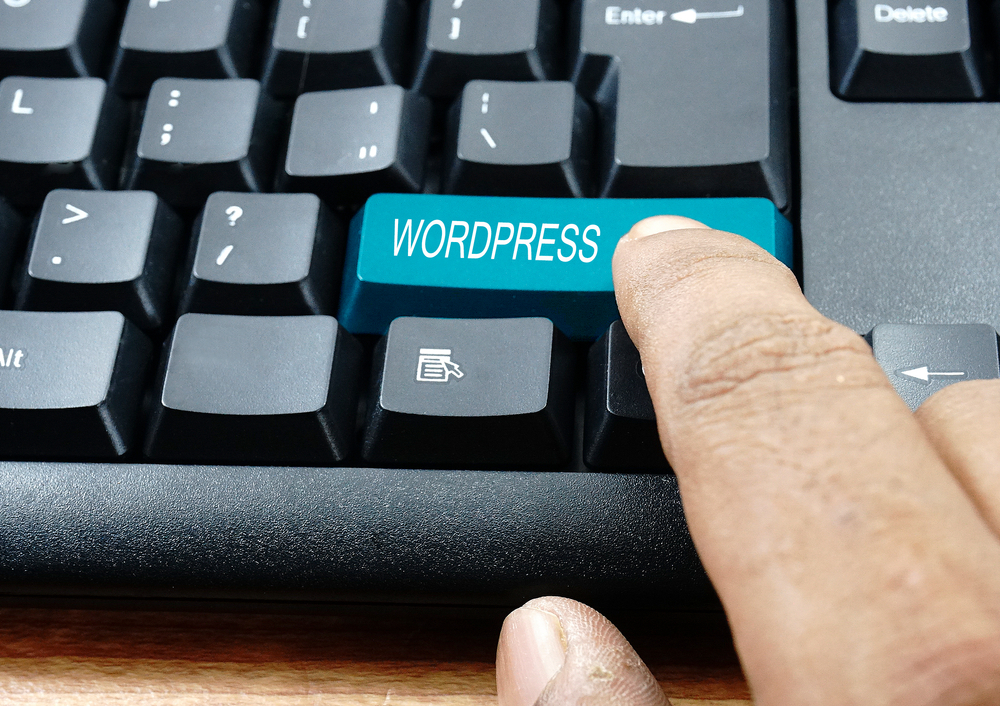
Are you a website owner or a blogger looking to build and maintain a professional website without any coding knowledge? Look no further than WordPress ! WordPress (the platform for bloggers) is a popular Content Management System that allows you to create and manage a website with ease. Whether you are a beginner or already have some experience with WordPress (or WP) , this article will provide you with essential tips and tricks to help you customize and maintain your website effectively.
1. Choose the Right Theme:The theme you choose plays a significant role in the appearance and functionality of your website. WordPress (the blogging platform) offers a vast library of themes, both free and premium. When selecting a theme, consider the purpose of your website, the target audience, and the features you require. Look for a theme that is responsive, meaning it adapts to different screen sizes, as it will ensure a seamless experience for your visitors across various devices.
2. Customize Your Theme:
Once you have chosen a theme, it's time to customize it to reflect your brand and style. WordPress (WP) offers a user-friendly Customizer that allows you to make changes to the design of your website. You can modify the logo, colors, fonts, layout, and more. Experiment with different combinations until you achieve the desired look and feel for your website. Remember to save your changes before exiting the Customizer.
3. Install Essential Plugins:
Plugins are one of the key strengths of WordPress. They add additional functionality to your website without any coding required. Some essential plugins for customization and maintenance include:
a. Yoast SEO: This plugin helps optimize your website for search engines, improving your chances of ranking higher in search results.
b. Contact Form 7: Add contact forms to your website and receive messages from your visitors effortlessly.c. UpdraftPlus: Backup your website regularly to protect your content in case of any mishaps.
d. WooCommerce: If you are planning to sell products or services online, this plugin transforms your website into a fully functional e-commerce store.
4. Optimize Your Website for Speed:
Website speed is crucial for user experience and search engine rankings. Slow-loading websites can drive visitors away. There are several ways to optimize your WordPress website for speed, including:
a. Use a caching plugin: Plugins like WP Rocket or W3 Total Cache create static versions of your web pages, reducing the load on the server and improving the website's performance.
b. Optimize images: Large image files can slow down your website. Use a plugin like Smush or EWWW Image Optimizer to compress and optimize your images without sacrificing quality.c. Minify CSS and JavaScript: Minifying these files removes unnecessary characters, reducing their file size and improving load times.
5. Regularly Update WordPress and Plugins:
WordPress and its plugins are consistently updated to provide better security, features, and performance. Regularly updating your WordPress installation and plugins is crucial to keep your website secure and running smoothly. Enable automatic updates when possible, or make it a habit to check for updates regularly and install them manually.
6. Implement Robust Security Measures:
Website security should be a top priority for every website owner. WordPress is relatively secure, but taking some additional steps can strengthen your website's security:
a. Use a reliable security plugin like Wordfence or Sucuri Security to safeguard your website against hacking attempts and malware.
b. Create strong, unique passwords for your WordPress admin account and other user accounts.
7. Backup Your Website:
Backing up your website is essential to protect your content and data in case of any unforeseen circumstances. Use a plugin like UpdraftPlus or BackupBuddy to schedule regular backups of your website's files and database. Store the backups in a secure location, away from your hosting server.
Frequently Asked Questions:
1. Can I switch themes without losing content on WordPress?Yes, you can switch themes on WordPress without losing your content. However, the appearance of your website might change, and you may need to adjust some settings to fit the new theme.
2. How do I add a custom logo to my WordPress website?
To add a custom logo to your WordPress website, go to the Customizer and navigate to the "Site Identity" section. Look for the "Logo" option and click on it. From there, you can upload your custom logo.
3. What should I do if a plugin breaks my website?
If a plugin breaks your website, you can try disabling the plugin via FTP or accessing your website through the WordPress recovery mode. Once you have disabled the problematic plugin, you can either contact the plugin developer for support or remove the plugin and find an alternative.
4. Can I make money from my WordPress website?
Yes, you can monetize your WordPress website in various ways. You can display advertisements, sell products or services, offer memberships or subscriptions, or even become an affiliate marketer.
5. How can I improve the SEO of my WordPress website?
Improving the SEO of your WordPress website involves various techniques such as using SEO plugins, optimizing content with keywords, creating relevant meta tags, obtaining quality backlinks, and ensuring your website is mobile-friendly.
In conclusion, WordPress is an incredibly versatile platform that allows you to create, customize, and maintain a professional website without any technical knowledge. By following the essential tips and tricks mentioned in this article, you will be well on your way to mastering WordPress and creating a website that stands out from the crowd. So, unleash your creativity, experiment, and watch your website thrive with WordPress!
Other useful resources
- https://www.wordpress24plus.com
- https://www.wordpress24plus.com/wordpress-tools-directory/
- https://www.wordpress24plus.com/wordpress-tools-directory/wordpress-plugins/